Joint Beamforming Design for STAR-RIS Assisted URLLC-NOMA System
-
摘要: 针对超可靠低时延通信(URLLC)场景,该文研究了融合透射与反射功能的智能超表面(STAR-RIS)辅助的非正交多址接入(NOMA)系统的传输设计。具体而言,该文联合设计了基站端的波束成形向量、RIS端的透射相移矩阵和反射相移矩阵,以在满足基站总功率约束的条件下实现能耗最小化。为解决所提出的非凸问题,该文首先分析了有限块长传输下的用户速率函数特性,并据此将优化问题进行等价转换。随后,采用交替优化和半正定松弛(SDR)方法来解决联合波束设计问题。实验结果表明,与正交多址接入和传统RIS方案相比,所提出的方法在能耗性能上有显著提升。Abstract:
Objective This paper addresses the energy efficiency challenge in Ultra-Reliable Low-Latency Communication (URLLC) systems, crucial for mission-critical applications such as industrial automation and remote surgery. The integration of Simultaneously Transmitting and Reflecting Reconfigurable Intelligent Surfaces (STAR-RIS) with Non-Orthogonal Multiple Access (NOMA) is proposed to improve spectral efficiency and coverage while meeting URLLC’s stringent reliability and latency requirements. However, the joint optimization of base station beamforming, STAR-RIS transmission, and reflection matrices presents a non-trivial problem due to non-convexity and coupled variables. This work aims to minimize energy consumption under a total power constraint by jointly designing these parameters, advancing STAR-RIS-aided NOMA systems for URLLC. Methods To address the non-convex optimization problem, the proposed methodology involves several key steps. First, the user rate function under finite blocklength transmission is analyzed, considering the specific requirements of URLLC. This analysis facilitates the reformulation of the original problem into an equivalent form more amenable to optimization. Specifically, the rate function is approximated using a Taylor series expansion, and the effect of finite blocklength on decoding error probability is incorporated into the optimization framework.Next, an alternating optimization framework is adopted to decouple the joint design problem into subproblems, each focused on optimizing either the base station beamforming, the STAR-RIS transmission matrix, or the reflection matrix. Semidefinite Relaxation (SDR) techniques are then applied to address the non-convexity of these subproblems, ensuring efficient and tractable solutions. The SDR method transforms the original non-convex constraints into convex ones by relaxing certain matrix rank constraints, which are subsequently recovered using randomization techniques.The proposed approach is validated through extensive simulations, comparing its performance with Orthogonal Multiple Access (OMA) and traditional RIS-aided schemes. The simulation setup includes a multi-user scenario with varying channel conditions, blocklengths, and reliability requirements. Results and Discussions The main contributions of this paper are summarized as follows:(1) Joint Optimization of Active and Passive Beamforming Vectors: To minimize system transmission power, the paper jointly optimizes the active beamforming vector at the base station and the passive beamforming vector at the reflective surface, presenting an efficient joint beamforming design algorithm ( Algorithm 1 ). (2) Validation and Energy Efficiency Comparison: Experimental results confirm the effectiveness of the proposed joint beamforming design. A comparison of energy consumption performance for STAR-RIS under different modes is provided. Specifically, the proposed STAR-RIS-aided NOMA scheme demonstrates a significant reduction in power consumption compared to OMA and conventional RIS-aided systems (Fig. 2 andFig. 5 ). The proposed joint beamforming and STAR-RIS optimization framework effectively addresses the trade-offs between energy consumption, reliability, and latency in URLLC systems.Conclusions This paper presents a comprehensive framework for the transmission design of STAR-RIS-aided NOMA systems in URLLC scenarios. By jointly optimizing beamforming, transmission, and reflection matrices, the proposed method significantly enhances energy efficiency while meeting the stringent requirements of URLLC. The use of alternating optimization and SDR techniques effectively addresses the non-convexity of the problem, providing practical and scalable solutions.The results highlight the potential of STAR-RIS-aided NOMA systems to support next-generation wireless communication applications, laying the foundation for further research in this area. Future work will explore the integration of machine learning techniques to further enhance the performance and adaptability of the proposed framework. Additionally, the impact of hardware impairments and imperfect channel state information on system performance will be investigated to ensure robustness in real-world deployments. -
1 主被动波束成形联合优化设计算法
1. 初始化:迭代次数iter=0,${\boldsymbol{\varTheta }}_{\mathrm{t}}^{(0)}$, ${\boldsymbol{\varTheta }}_{\mathrm{r}}^{(0)}$,临界值$\eta \gt 0$; 2. 重复步骤3–步骤4: 3. 给定${\boldsymbol{\varTheta }}_{\mathrm{t}}^{({\text{iter}})}$, ${\boldsymbol{\varTheta }}_{\mathrm{r}}^{({\text{iter}})}$,通过求解问题式得到${\boldsymbol{w}}_i^*$,$i = 1,2$,
令${\boldsymbol{w}}_i^{({\text{iter}})} = {\boldsymbol{w}}_i^*$,$i = 1,2$;4. 给定${\boldsymbol{w}}_i^{({\text{iter}})}$,$i = 1,2$,通过求解问题式得到${\boldsymbol{\varTheta }}_{\mathrm{t}}^*$和${\boldsymbol{\varTheta }}_{\mathrm{r}}^*$,令
${\boldsymbol{\varTheta }}_{\mathrm{t}}^{({\text{iter}})} = {\boldsymbol{\varTheta }}_{\mathrm{t}}^*$,${\boldsymbol{\varTheta }}_{\mathrm{r}}^{({\text{iter}})} = {\boldsymbol{\varTheta }}_{\mathrm{r}}^*$;5. 直到系统的最小功率收敛到精度$\eta $或达到指定的迭代次数。 -
[1] DANG Shuping, AMIN O, SHIHADA B, et al. What should 6G be?[J]. Nature Electronics, 2020, 3(1): 20–29. doi: 10.1038/s41928-019-0355-6. [2] CHOWDHURY M Z, SHAHJALAL M, AHMED S, et al. 6G wireless communication systems: Applications, requirements, technologies, challenges, and research directions[J]. IEEE Open Journal of the Communications Society, 2020, 1: 957–975. doi: 10.1109/OJCOMS.2020.3010270. [3] CHENG Qiang, JIN Shi, CUI Tiejun. Reconfigurable intelligent surfaces for wireless communications[J]. Frontiers of Information Technology Electronic Engineering, 2023, 24(12): 1665–1668. doi: 10.1631/FITEE.2320000. [4] ZHAO Yajun. Reconfigurable intelligent surfaces for 6G: Applications, challenges, and solutions[J]. Frontiers of Information Technology & Electronic Engineering, 2023, 24(12): 1669–1688. doi: 10.1631/FITEE.2200666. [5] DING Zhiguo, LV Lu, FANG Fang, et al. A state-of-the-art survey on reconfigurable intelligent surface-assisted non-orthogonal multiple access networks[J]. Proceedings of the IEEE, 2022, 110(9): 1358–1379. doi: 10.1109/JPROC.2022.3174140. [6] HOU Tianwei, LIU Yuanwei, SONG Zhengyu, et al. Reconfigurable intelligent surface aided NOMA networks[J]. IEEE Journal on Selected Areas in Communications, 2020, 38(11): 2575–2588. doi: 10.1109/JSAC.2020.3007039. [7] YANG Gang, XU Xinyue, LIANG Yingchang, et al. Reconfigurable intelligent surface-assisted non-orthogonal multiple access[J]. IEEE Transactions on Wireless Communications, 2021, 20(5): 3137–3151. doi: 10.1109/TWC.2020.3047632. [8] ZHU Jianyue, HUANG Yongming, WANG Jiaheng, et al. Power efficient IRS-assisted NOMA[J]. IEEE Transactions on Communications, 2021, 69(2): 900–913. doi: 10.1109/TCOMM.2020.3029617. [9] WU Qingqing, ZHANG Shuowen, ZHENG Beixiong, et al. Intelligent reflecting surface-aided wireless communications: A tutorial[J]. IEEE transactions on Communications, 2021, 69(5): 3313–3351. doi: 10.1109/TCOMM.2021.3051897. [10] LIU Yuanwei, MU Xidong, XU Jiaqi, et al. STAR: Simultaneous transmission and reflection for 360° coverage by intelligent surfaces[J]. IEEE Wireless Communications, 2021, 28(6): 102–109. doi: 10.1109/MWC.001.2100191. [11] MU Xidong, LIU Yuanwei, GUO Li, et al. Simultaneously transmitting and reflecting (STAR) RIS aided wireless communications[J]. IEEE Transactions on Wireless Communications, 2022, 21(5): 3083–3098. doi: 10.1109/TWC.2021.3118225. [12] LIU Yuanwei, XU Jiaqi, WANG Zhaolin, et al. Simultaneously transmitting and reflecting (STAR) RISs for 6G: Fundamentals, recent advances, and future directions[J]. Frontiers of Information Technology & Electronic Engineering, 2023, 24(12): 1689–1707. doi: 10.1631/FITEE.2300490. [13] ZUO Jiakuo, LIU Yuanwei, DING Zhiguo, et al. Joint design for simultaneously transmitting and reflecting (STAR) RIS assisted NOMA systems[J]. IEEE Transactions on Wireless Communications, 2023, 22(1): 611–626. doi: 10.1109/TWC.2022.3197079. [14] WU Chenyu, LIU Yuanwei, MU Xidong, et al. Coverage characterization of STAR-RIS networks: NOMA and OMA[J]. IEEE Communications Letters, 2021, 25(9): 3036–3040. doi: 10.1109/LCOMM.2021.3091807. [15] GUO Yi, FANG Fang, CAI Donghong, et al. Energy-efficient design for a NOMA assisted STAR-RIS network with deep reinforcement learning[J]. IEEE Transactions on Vehicular Technology, 2023, 72(4): 5424–5428. doi: 10.1109/TVT.2022.3224926. [16] GAO Qiling, LIU Yuanwei, MU Xidong, et al. Joint location and beamforming design for STAR-RIS assisted NOMA systems[J]. IEEE Transactions on Communications, 2023, 71(4): 2532–2546. doi: 10.1109/TCOMM.2023.3247753. [17] 侯天为, 李洁, 王俊, 等. 非正交多址接入的同步透射反射智能超表面信号增强算法[J]. 北京邮电大学学报, 2024, 47(1): 7–12. doi: 10.13190/j.jbupt.2022-279.HOU Tianwei, LI Jie, WANG Jun, et al. A signal enhancement algorithm for simultaneous-transmitting- and-reflecting reconfigurable intelligent surface based on non-orthogonal multiple access networks[J]. Journal of Beijing University of Posts and Telecommunications, 2024, 47(1): 7–12. doi: 10.13190/j.jbupt.2022-279. [18] YUE Chentao, MILOSLAVSKAYA V, SHIRVANIMOGHADDAM M, et al. Efficient decoders for short block length codes in 6G URLLC[J]. IEEE Communications Magazine, 2023, 61(4): 84–90. doi: 10.1109/MCOM.001.2200275. [19] DURISI G, KOCH T, and POPOVSKI P. Toward massive, ultrareliable, and low-latency wireless communication with short packets[J]. Proceedings of the IEEE, 2016, 104(9): 1711–1726. doi: 10.1109/JPROC.2016.2537298. [20] POLYANSKIY Y, POOR H V, and VERDÚ S. Channel coding rate in the finite blocklength regime[J]. IEEE Transactions on Information Theory, 2010, 56(5): 2307–2359. doi: 10.1109/TIT.2010.2043769. [21] HE Shiwen, AN Zhenyu, ZHU Jianyue, et al. Beamforming design for multiuser uRLLC with finite blocklength transmission[J]. IEEE Transactions on Wireless Communications, 2021, 20(12): 8096–8109. doi: 10.1109/TWC.2021.3090197. [22] SUTTON G J, ZENG Jie, LIU Renping, et al. Enabling technologies for ultra-reliable and low latency communications: From PHY and MAC layer perspectives[J]. IEEE Communications Surveys & Tutorials, 2019, 21(3): 2488–2524. doi: 10.1109/COMST.2019.2897800. [23] MAIGNAN A and SCOTT T C. Fleshing out the generalized Lambert W function[J]. ACM Communications in Computer Algebra, 2016, 50(2): 45–60. doi: 10.1145/2992274.2992275. [24] LUO Zhiquan, MA W K, SO A M C, et al. Semidefinite relaxation of quadratic optimization problems[J]. IEEE Signal Processing Magazine, 2010, 27(3): 20–34. doi: 10.1109/MSP.2010.936019. [25] GRIFFIN J D and DURGIN G D. Complete link budgets for backscatter-radio and RFID systems[J]. IEEE Antennas and Propagation Magazine, 2009, 51(2): 11–25. doi: 10.1109/MAP.2009.5162013. -





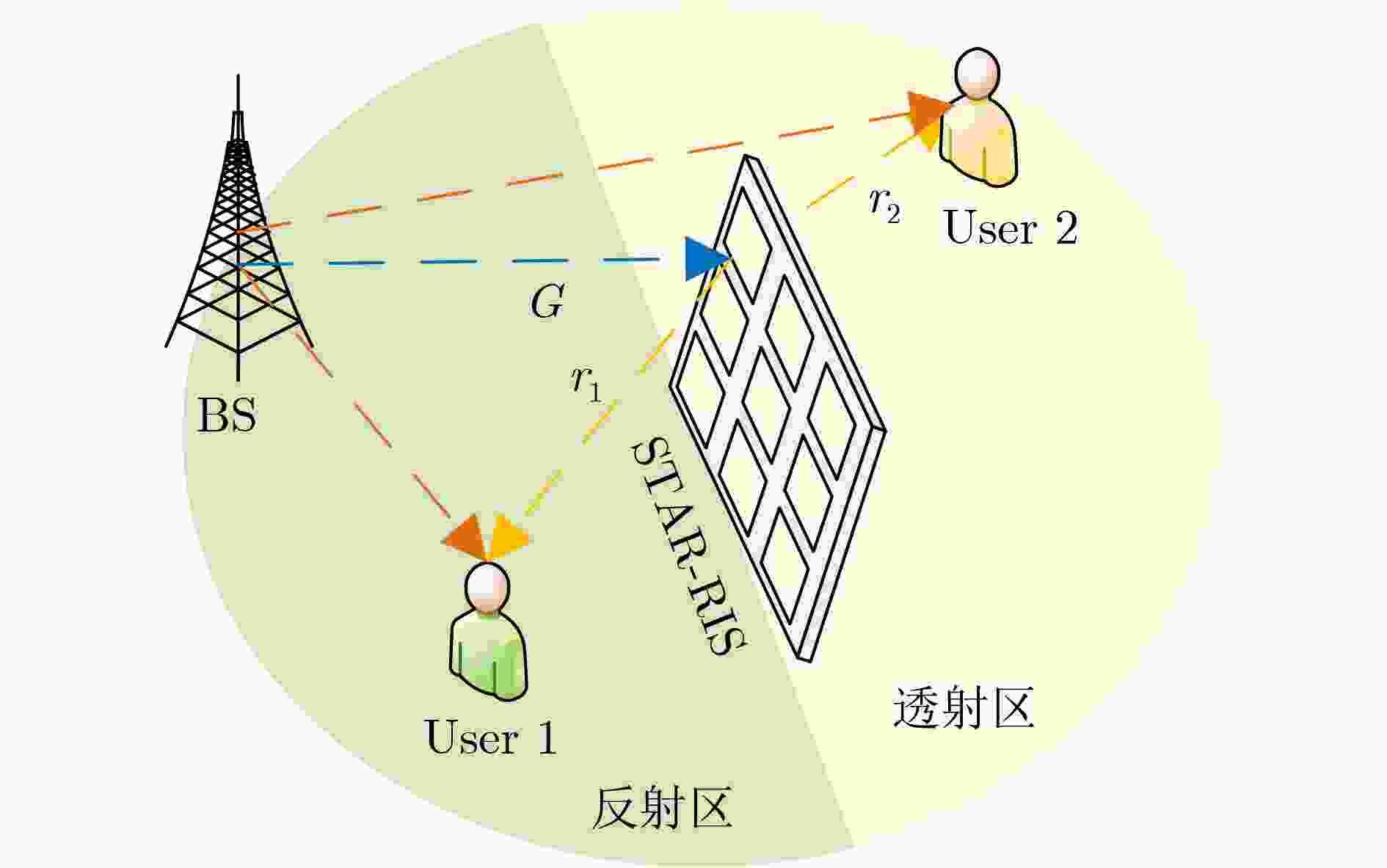
 下载:
下载:
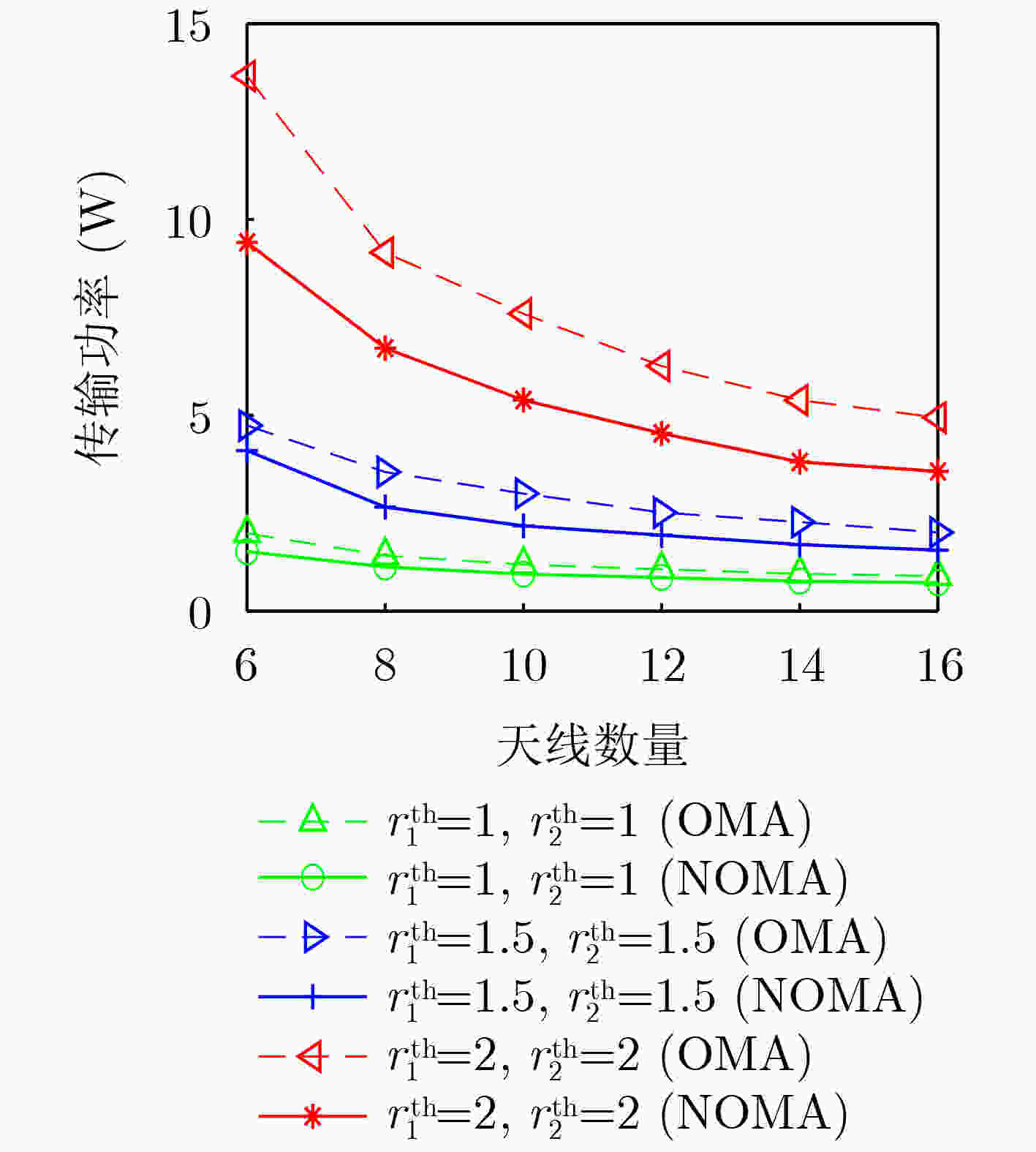
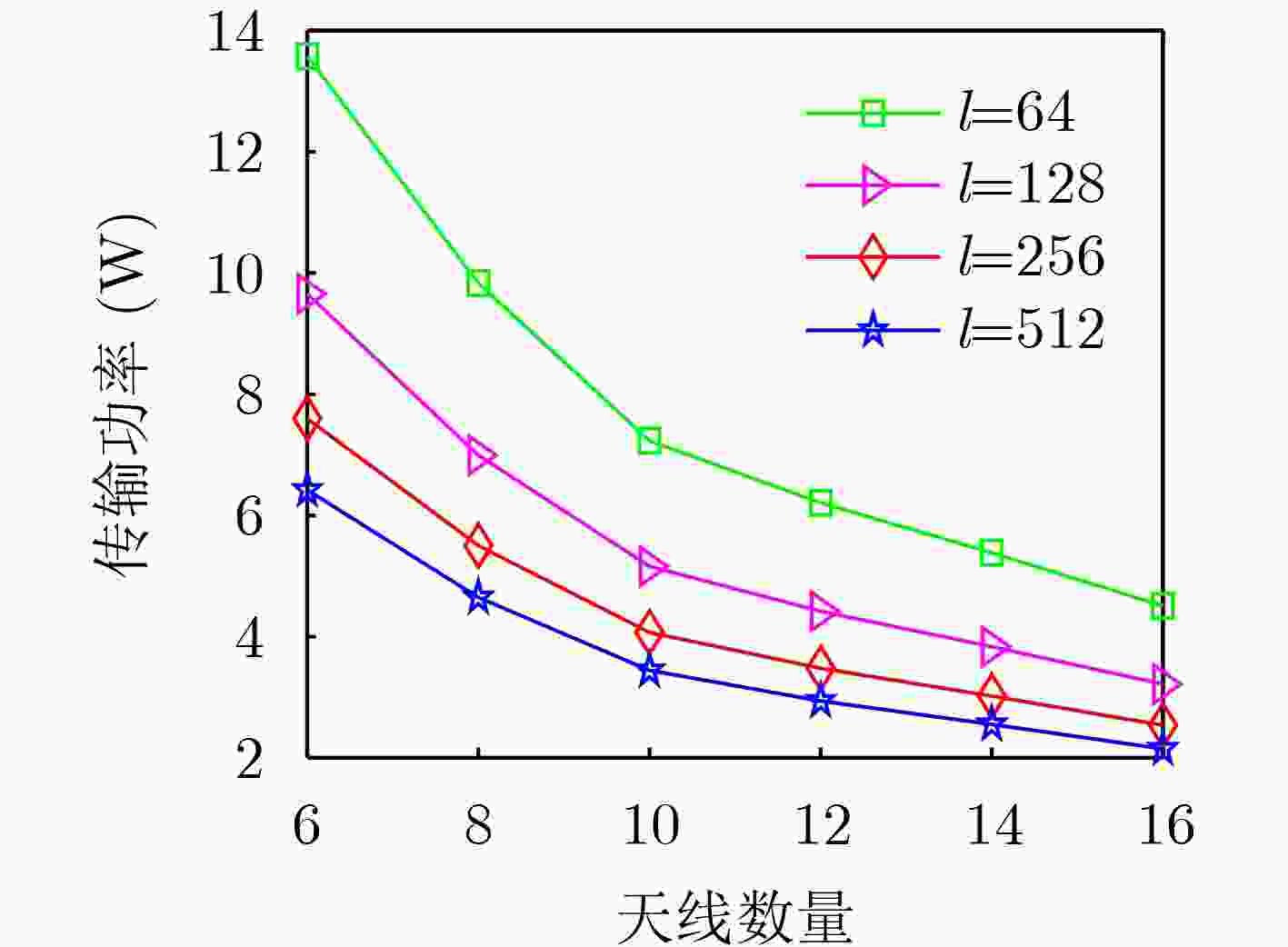
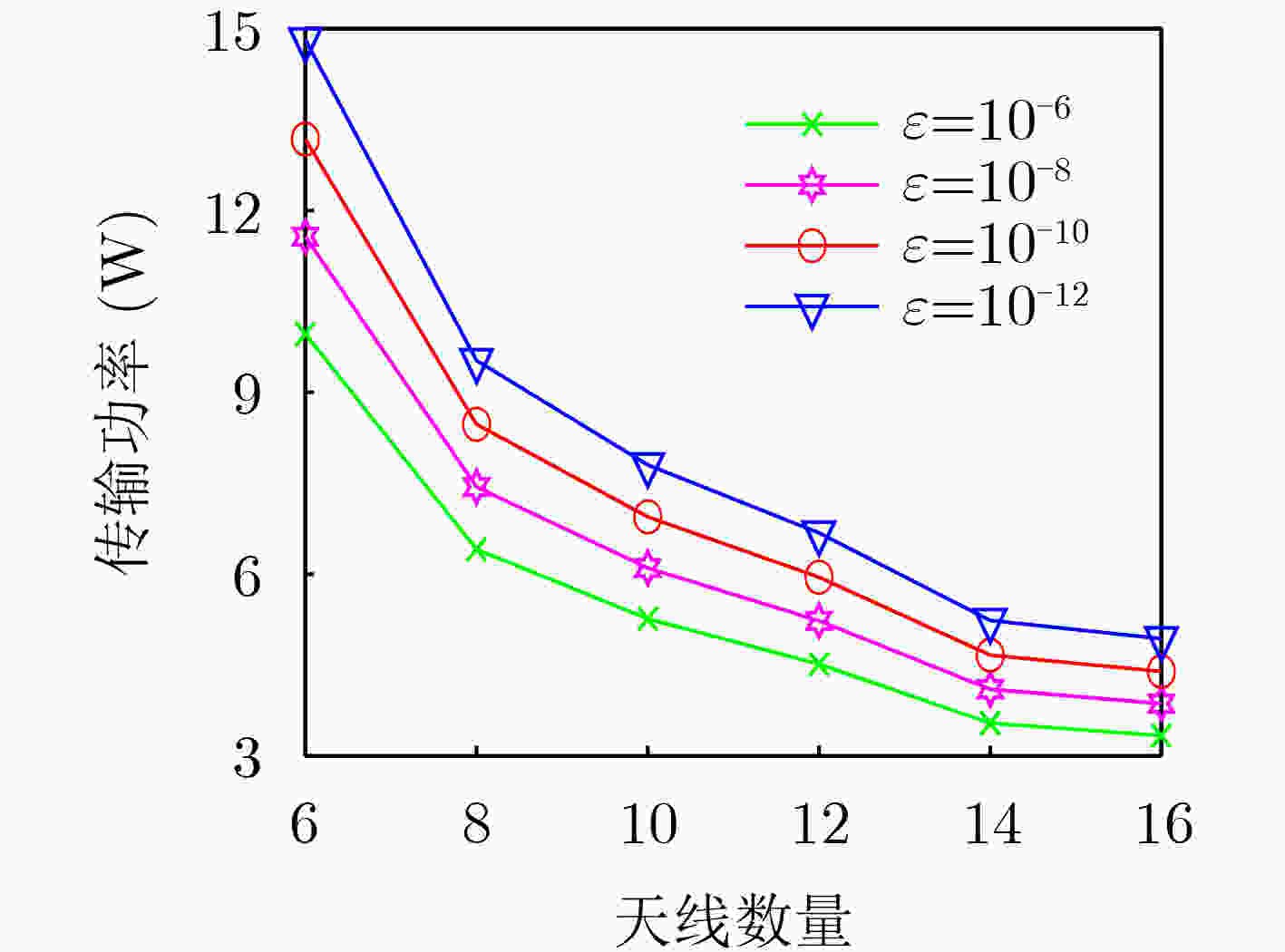
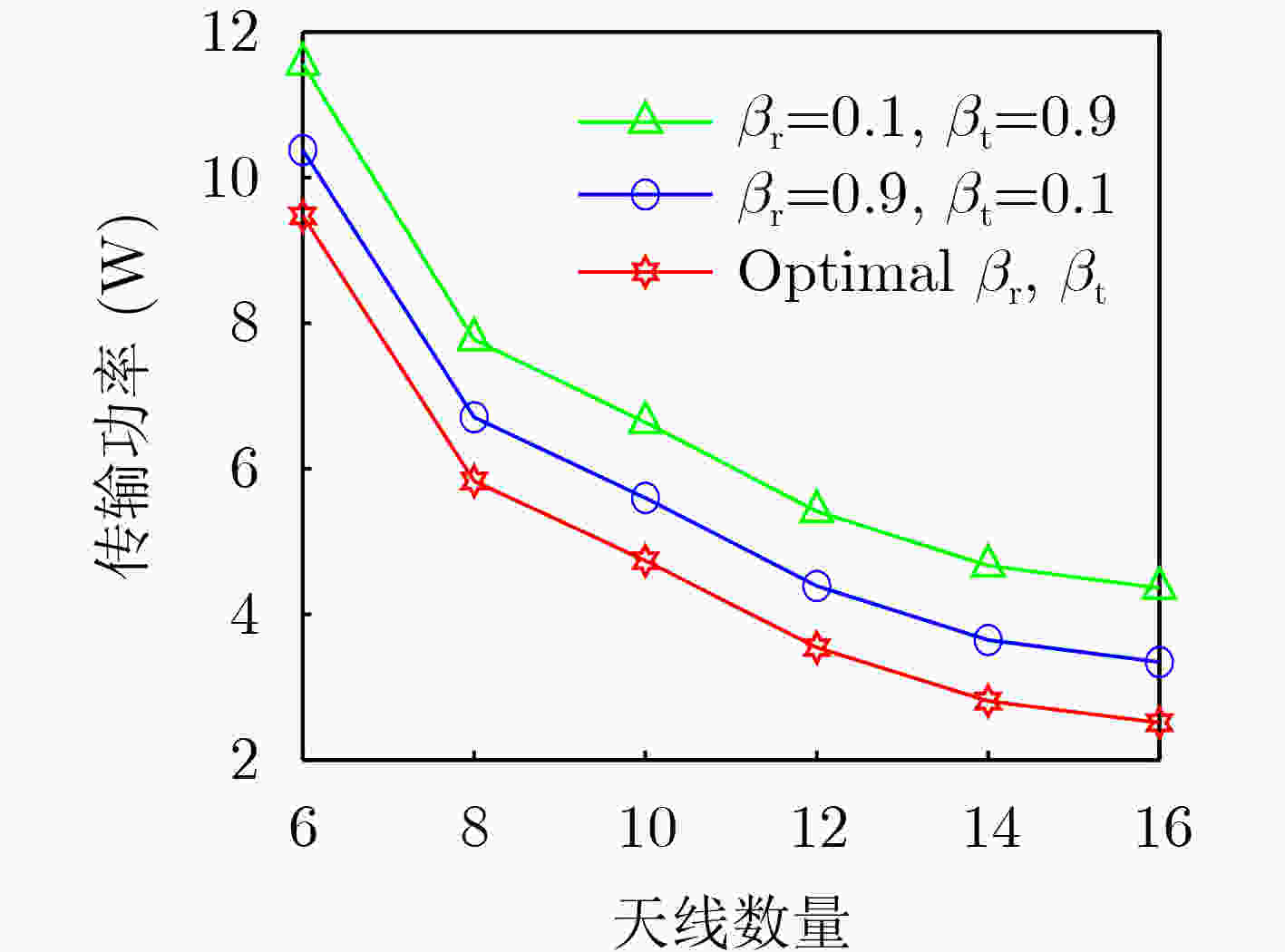


 下载:
下载:
